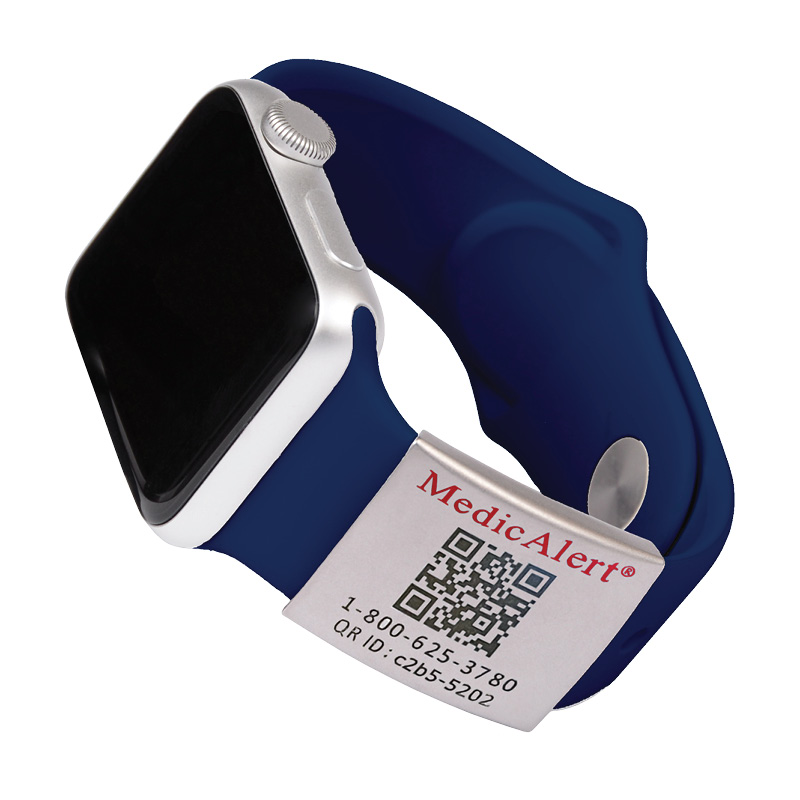Children who have chronic medical conditions or communication differences can benefit greatly from wearing a medical ID. In fact, the American Academy of Family Physicians recommends that anyone with a medical condition have a medical ID on them for first responders in an emergency. So, as a proactive parent, you may have decided to protect your child by providing them with alternative IDs.
The first type of medical ID most people think of is a medical bracelet. But you may have some questions and concerns about your child wearing one. What if they aren’t used to wearing a bracelet? What if sensory challenges make wearing something new really uncomfortable for them? Will having them wear a medical ID be confusing or scary for them, especially if they don’t fully understand the reasons?
Fortunately, there are many alternative IDs to a medical ID bracelet, and you don’t have to sacrifice safety to use them. MedicAlert’s globally recognized symbol for medical emergencies is available on several styles of MedicAlert IDs. No matter which one you choose, you can have confidence that MedicAlert will be your child’s voice if they aren’t able to communicate to a first responder in an emergency.
With a medical ID from MedicAlert, you also have the option of membership in a Protection Plan. This offers further benefits to help ensure all your child’s critical information is available anytime, anywhere. By using alternative IDs and enrolling in a Protection Plan, your child’s digital health profile and an Emergency Response Team are accessible to first responders 24/7. It’s another way MedicAlert can be there for your child even if you aren’t with them in an emergency.




